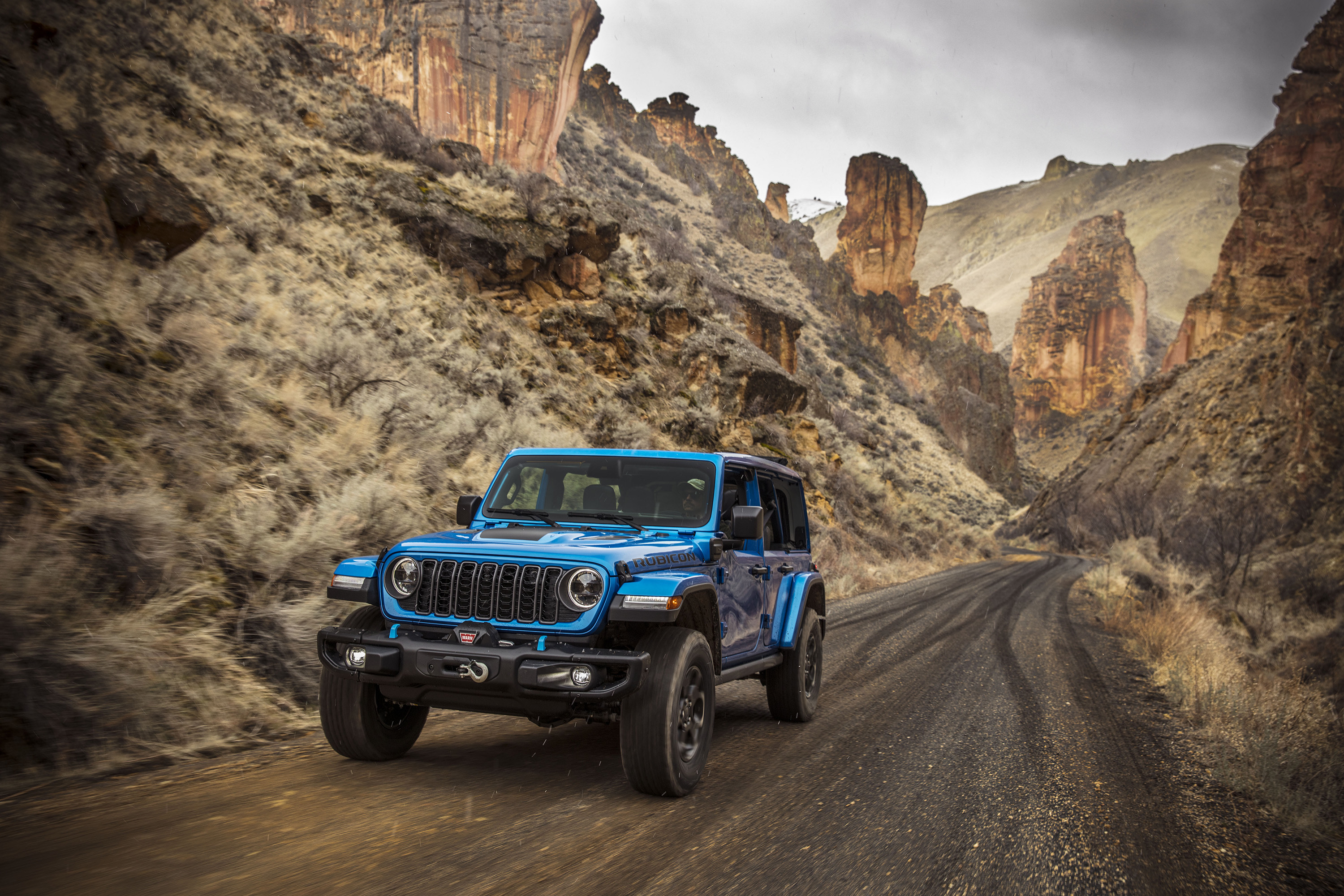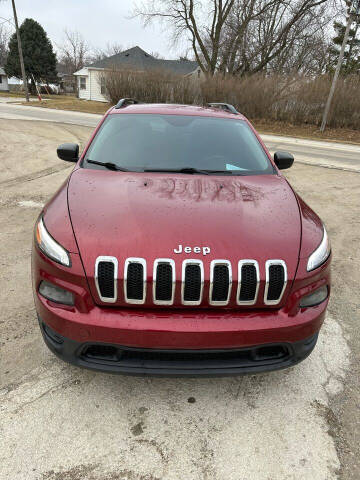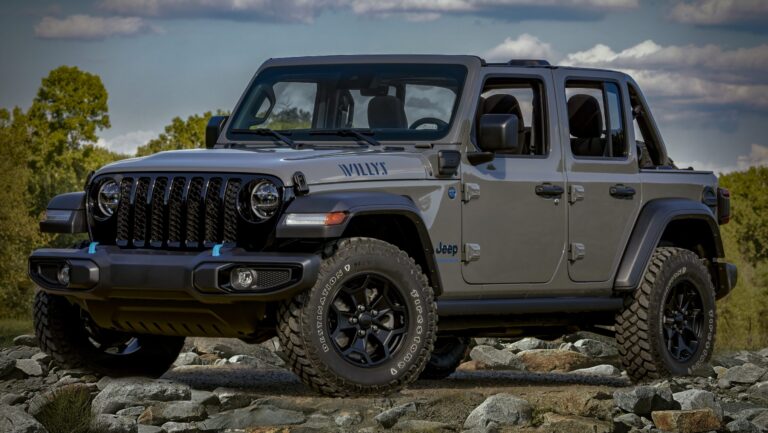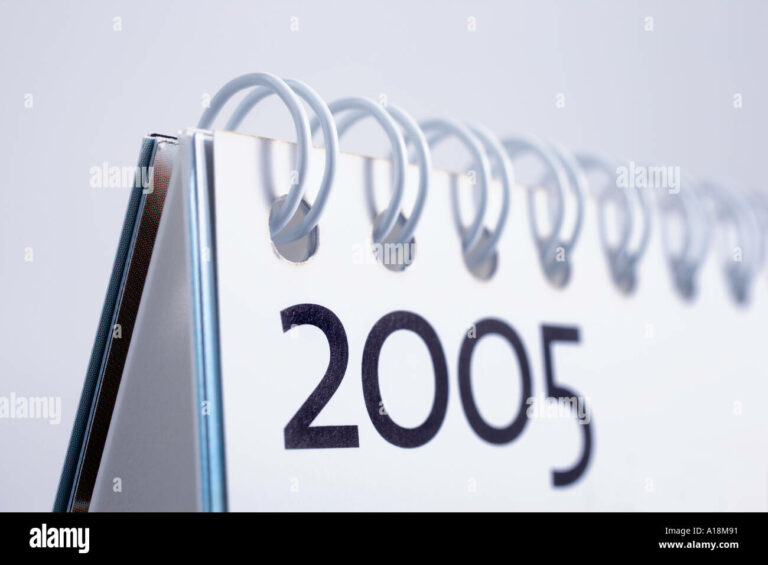Jeep Overdrive For Sale: Unlocking Efficiency and Performance for Your Classic Off-Roader
Jeep Overdrive For Sale: Unlocking Efficiency and Performance for Your Classic Off-Roader jeeps.truckstrend.com
For decades, the Jeep nameplate has been synonymous with rugged capability, open-air adventure, and an undeniable spirit of freedom. Yet, for owners of classic Jeeps, particularly the venerable Willys and early CJ series, there’s often a trade-off: while their low-end torque and bulletproof simplicity are legendary off-road, their highway manners can leave much to be desired. High engine RPMs, excessive noise, and thirst-quenching fuel consumption are common complaints. This is precisely where a Jeep overdrive unit enters the scene, transforming these vintage workhorses into far more civilized highway cruisers.
An overdrive unit is an auxiliary gearbox that, when engaged, effectively lowers the final drive ratio, allowing the engine to spin at significantly lower revolutions per minute (RPM) for a given road speed. For many classic Jeeps, which often came equipped with three-speed transmissions and stout axle ratios designed for low-speed crawling, an overdrive isn’t just an upgrade—it’s a revelation. This comprehensive guide will delve into everything you need to know about finding, purchasing, and understanding the impact of a Jeep overdrive for sale, helping you unlock a new level of enjoyment from your cherished classic.
Jeep Overdrive For Sale: Unlocking Efficiency and Performance for Your Classic Off-Roader
What is a Jeep Overdrive and Why Do You Need One?
At its core, an overdrive is a set of gears that provides an output speed faster than the input speed, meaning the output shaft turns more revolutions per minute than the input shaft. In the context of a vehicle’s drivetrain, this results in a gear ratio of less than 1:1 (e.g., 0.75:1). When engaged, your engine spins slower for the same road speed, yielding a host of benefits crucial for vintage Jeep owners:
- Improved Fuel Economy: Lower RPMs directly translate to less fuel consumed, making those long drives to the trails or shows far more economical.
- Reduced Engine Wear: Less stress on the engine components means a longer lifespan for your powertrain, delaying costly rebuilds.
- Quieter and Smoother Ride: The droning hum of a high-revving engine on the highway can be tiresome. An overdrive dramatically reduces engine noise, making conversations easier and journeys more pleasant.
- Enhanced Highway Cruising: Your Jeep becomes more comfortable and capable at modern highway speeds, allowing you to keep up with traffic without feeling like you’re over-revving the engine.
- Increased Top Speed (Potentially): While not its primary purpose, by allowing the engine to operate more efficiently within its power band, an overdrive can enable slightly higher sustained speeds without redlining.

For classic Jeeps, particularly those equipped with the ubiquitous Dana 18 transfer case (found in Willys MB/CJ-2A/3A/3B/5 and early CJ-6 models), the bolt-on overdrive unit is a game-changer. These Jeeps were designed for farm work, military duty, and low-speed off-roading, not prolonged highway travel. An overdrive bridges that gap, making them much more versatile and enjoyable daily drivers or long-distance adventurers.
Types of Jeep Overdrive Units Available
When searching for a Jeep overdrive, you’ll primarily encounter two main types, both designed to integrate with the Dana 18 transfer case:
- Warn Overdrive: The original and most historically significant auxiliary overdrive unit. Manufactured by Warn Industries (famous for winches), these units were first introduced in the 1950s. They bolt onto the rear of the Dana 18 transfer case, replacing the PTO (Power Take-Off) cover.
- Pros: Authentic period accessory, tried-and-true design, often available used.
- Cons: Original units are old, may require rebuilding, parts can be scarce for some internal components, and some designs had weaker points.
- Saturn Overdrive: A modern reproduction and often improved version of the Warn design. These units are currently manufactured by various companies, with the "Saturn" name being widely recognized. They address many of the weaknesses of the original Warn units, often featuring stronger gears, improved bearing designs, and better seals.
- Pros: Brand new components, often more durable and reliable than vintage units, readily available parts, typically come with a warranty.
- Cons: Higher upfront cost compared to a used Warn unit.


While the focus here is on these bolt-on auxiliary units for older Jeeps, it’s worth noting that some modern Jeep owners might consider transmission swaps (e.g., swapping a T-90 3-speed for a modern 5-speed manual with integrated overdrive) as an alternative to achieve similar benefits. However, for maintaining originality and simplicity in classic Jeeps, the auxiliary overdrive remains the preferred solution.
Key Considerations When Buying a Jeep Overdrive
Purchasing an overdrive unit requires careful thought. Here’s what you need to evaluate:
- Compatibility is Paramount:
- Transfer Case: Ensure the overdrive is specifically designed for your Jeep’s transfer case, which for most classic applications, means the Dana 18. Confirm the year and model of your Jeep to be certain.
- Transmission/Drivetrain: While designed to work with standard transmissions (like the T-90), ensure there are no unforeseen conflicts with your specific setup (e.g., custom exhaust routing, shifters).
- Condition: New, Rebuilt, or Used?
- New (Saturn): The most expensive option, but offers peace of mind with new components, a warranty, and no hidden issues.
- Rebuilt (Warn or Saturn): A good middle ground. Professional rebuilders replace worn components (bearings, seals, often gears) and inspect for cracks or damage. Look for a reputable rebuilder who offers a warranty.
- Used (Warn): The most affordable path, but also the riskiest. Thorough inspection is crucial. Look for excessive play in shafts, signs of leaks, damaged gear teeth, and listen for grinding noises if you can test it. Assume it will need new seals and bearings at minimum.
- Installation Difficulty & Cost:
- DIY: If you have mechanical aptitude, a good set of tools, and a service manual, installation is manageable for a skilled home mechanic. It involves draining fluids, unbolting the PTO cover, bolting on the overdrive, and reassembling.
- Professional: If you’re unsure, consider professional installation. Factor in labor costs, which can add significantly to the overall expense.
- Gearing Implications: Understand how the overdrive ratio (e.g., 0.73:1 or 0.75:1) will affect your final drive ratio. This will lower your engine RPM at cruising speed, but also reduce your available torque in overdrive. It’s generally not recommended to use overdrive in low-range or for heavy towing.
Where to Find Jeep Overdrive Units For Sale
Your search for a Jeep overdrive will likely lead you to several avenues:
- Specialized Classic Jeep Parts Dealers: Many online and brick-and-mortar stores cater specifically to vintage Jeep enthusiasts. They often stock new Saturn units, rebuilt Warn units, and sometimes used originals. Examples include Novak Conversions, Quadratec (for some new parts), and other classic Jeep specialists.
- Online Marketplaces: eBay, Craigslist, and Facebook Marketplace are common places to find used Warn overdrives. Exercise caution and insist on detailed photos and clear descriptions. If possible, inspect in person.
- Jeep Forums and Enthusiast Groups: Online communities like EarlyCJ5.com, WillysTech, or various Facebook groups dedicated to classic Jeeps are excellent resources. Members often sell parts, offer advice, and can point you to reputable sources.
- Swap Meets and Auto Jumbles: If you enjoy the hunt, classic car and Jeep swap meets can yield treasures, including original Warn units. Be prepared to inspect thoroughly.
- Manufacturers/Reproduction Companies: Directly contact companies that produce the Saturn-style units for the latest models and warranty information.
Simplified Installation Guide
While a detailed installation requires consulting the specific manufacturer’s instructions, here’s a general overview for bolt-on units:
- Preparation: Park on a level surface, engage parking brake, block wheels. Drain transfer case fluid.
- Access: You’ll need to gain access to the rear of your Dana 18 transfer case. This usually involves removing the rear driveshaft and potentially the transmission crossmember for clearance.
- Remove PTO Cover: Unbolt and remove the original PTO cover plate from the rear of the transfer case.
- Mount Overdrive: Carefully position the overdrive unit, aligning the splines with the transfer case’s output shaft. Bolt the overdrive unit securely to the transfer case housing, ensuring proper gasket placement.
- Connect Shifter: Install the new overdrive shifter mechanism and linkage, routing it into the cabin.
- Reassembly: Reinstall the driveshaft, crossmember (if removed), and any other components.
- Fluid Fill: Refill the transfer case with the appropriate fluid to the correct level.
- Test: Test engagement and disengagement of the overdrive, initially at low speeds, listening for unusual noises.
Important Note: This is a simplified overview. Proper alignment, torque specifications, and attention to detail are critical for a successful and long-lasting installation. If you are not comfortable with mechanical work, professional installation is highly recommended.
Maintaining Your Jeep Overdrive
Once installed, your overdrive unit will require minimal but important maintenance:
- Fluid Checks: Regularly check the fluid level in the transfer case, as the overdrive shares this lubrication. Follow your manual for fluid type and intervals.
- Listen for Noises: Pay attention to any new or unusual noises (whining, grinding) that might indicate wear or a problem.
- Proper Engagement: Always ensure the vehicle is moving at a steady speed (usually above 15-20 mph) and off the throttle when engaging or disengaging the overdrive. Never try to force it into gear.
- Disengage for Off-Roading/Heavy Loads: The overdrive is designed for highway cruising. Disengage it when off-roading (especially in low range), climbing steep grades, or towing heavy loads to prevent damage.
Potential Challenges and Solutions
- Noise/Whining: Some degree of gear whine is normal, especially with older designs. Excessive noise could indicate worn gears, bearings, or improper lubrication. Solution: Check fluid, consider a rebuild.
- Leaking: Worn seals are common, especially on older units. Solution: Replace seals and gaskets.
- Difficulty Engaging/Disengaging: Could be sticky linkage, worn detent balls, or internal wear. Solution: Lubricate linkage, adjust, or consider internal inspection/rebuild.
- Finding Parts for Older Warn Units: While common components are often reproduced, some specific internal parts for very early Warn units can be hard to source. Solution: Look for modern reproduction parts or consider a complete Saturn unit.
Practical Advice and Actionable Insights
- Do Your Homework: Before buying, thoroughly research the specific overdrive unit’s compatibility with your Jeep model and transfer case.
- Inspect Thoroughly (for used units): Don’t be afraid to ask for detailed photos, videos, or even disassemble a used unit for inspection if you’re buying in person. Look for chipped teeth, excessive play, and corrosion.
- Budget Beyond the Unit: Remember to factor in shipping costs, new gaskets, seals, fluid, and potentially professional installation labor.
- Consider the Long-Term Value: While a new Saturn unit has a higher upfront cost, its reliability, warranty, and ease of parts replacement often make it a better long-term investment than a cheap, worn-out vintage unit.
- Join a Community: Classic Jeep forums and social media groups are invaluable for advice, troubleshooting, and finding reputable sellers.
Jeep Overdrive For Sale: Estimated Price Table
Prices for Jeep overdrive units can vary significantly based on their type, condition, and the seller. This table provides estimated price ranges for common options:
| Type/Condition of Overdrive Unit | Estimated Price Range (USD) | Notes |
|---|---|---|
| Used Warn Overdrive (Needs Rebuild) | $300 – $800 | Often sold as-is; expect to invest in a complete rebuild (parts & labor). |
| Used Warn Overdrive (Working Condition) | $800 – $1500 | Variable condition; inspect thoroughly for wear, leaks, and noise. May still benefit from new seals/bearings. |
| Professionally Rebuilt Warn Overdrive | $1200 – $2000 | Rebuilt by a specialist; often comes with a limited warranty. Good balance of cost and reliability. |
| New Saturn Overdrive Unit | $2000 – $2800+ | Brand new components, improved design, typically includes warranty. Best long-term reliability. |
| Installation Labor (Professional) | $400 – $800+ | Varies by shop rates, complexity of your specific Jeep, and any unforeseen issues. |
| Gaskets, Seals, Fluid (DIY Parts) | $50 – $150 | Essential for any installation or rebuild; factor these into your budget. |
Note: Prices are estimates and can fluctuate based on market demand, availability, and seller.
Frequently Asked Questions (FAQ)
Q: What Jeeps are compatible with these bolt-on overdrive units?
A: Primarily classic Jeeps equipped with the Dana 18 transfer case, which includes Willys MB, CJ-2A, CJ-3A, CJ-3B, early CJ-5, and early CJ-6 models. Always confirm your specific transfer case model.
Q: Is installing an overdrive unit difficult?
A: It’s a moderate-difficulty job requiring mechanical aptitude, a good set of tools, and often a floor jack or hoist. Many skilled home mechanics can do it, but if you’re unsure, professional installation is recommended.
Q: How much fuel will I actually save?
A: Savings vary based on your driving habits, terrain, and original gearing, but many owners report a noticeable improvement in highway fuel economy, often 1-3 MPG or more, due to significantly lower engine RPMs.
Q: Is the cost of an overdrive unit worth it?
A: For classic Jeep owners who drive their vehicles on the highway frequently, the benefits of reduced engine wear, quieter operation, and improved fuel economy often outweigh the initial investment over time. It significantly enhances the driving experience.
Q: Can I use the overdrive off-road or in low range?
A: No. Overdrive units are designed for highway cruising. They should be disengaged when off-roading, in low range, climbing steep hills, or under heavy load to prevent damage.
Q: What’s the main difference between a Warn and a Saturn overdrive?
A: The Warn is the original vintage design, while the Saturn is a modern reproduction (often with improvements) of that design. Saturn units typically use new, stronger components and offer greater reliability out of the box.
Conclusion
A Jeep overdrive for sale represents more than just another aftermarket part; it’s an investment in the longevity, comfort, and versatility of your classic Jeep. By reducing engine RPMs at cruising speeds, these ingenious units transform high-strung off-roaders into surprisingly capable highway travelers, offering significant benefits in fuel economy, reduced wear, and improved driving pleasure. Whether you opt for a carefully restored original Warn or a brand-new Saturn unit, the addition of an overdrive is one of the most impactful upgrades you can make to your vintage Jeep, allowing you to enjoy the open road with greater ease and less strain on both your engine and your ears. Do your research, choose wisely, and get ready to experience your classic Jeep in a whole new light.





